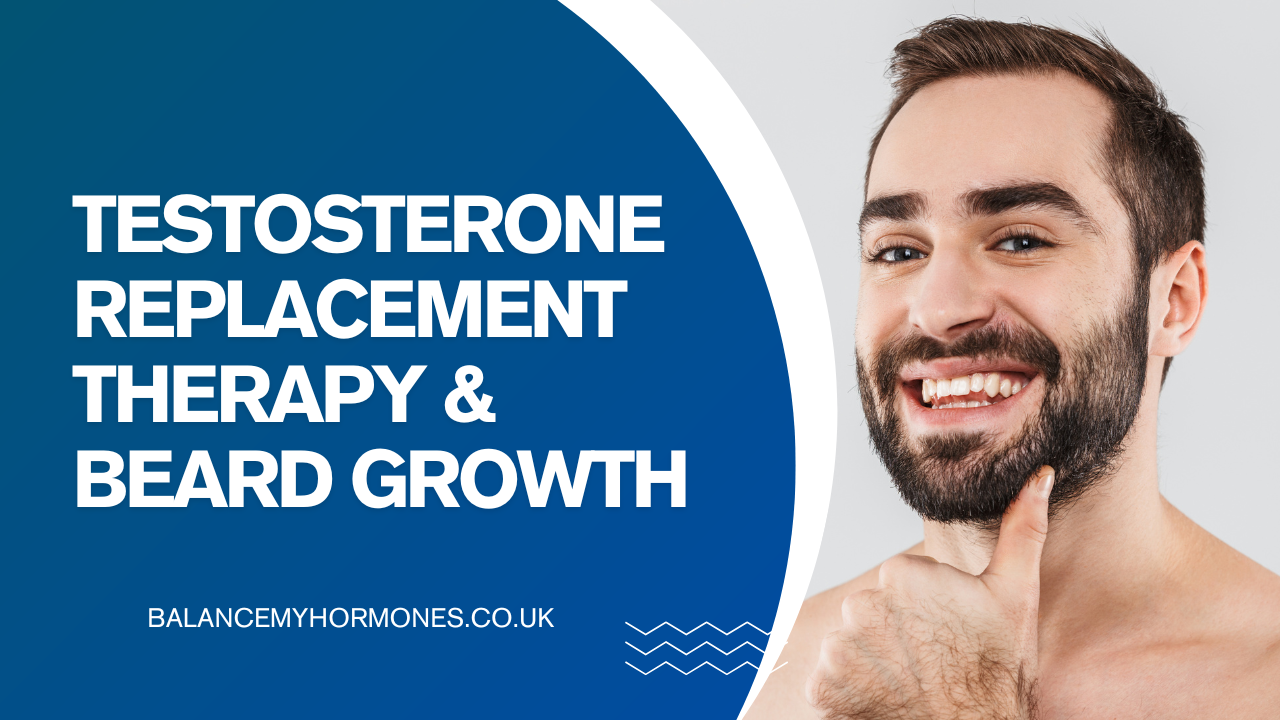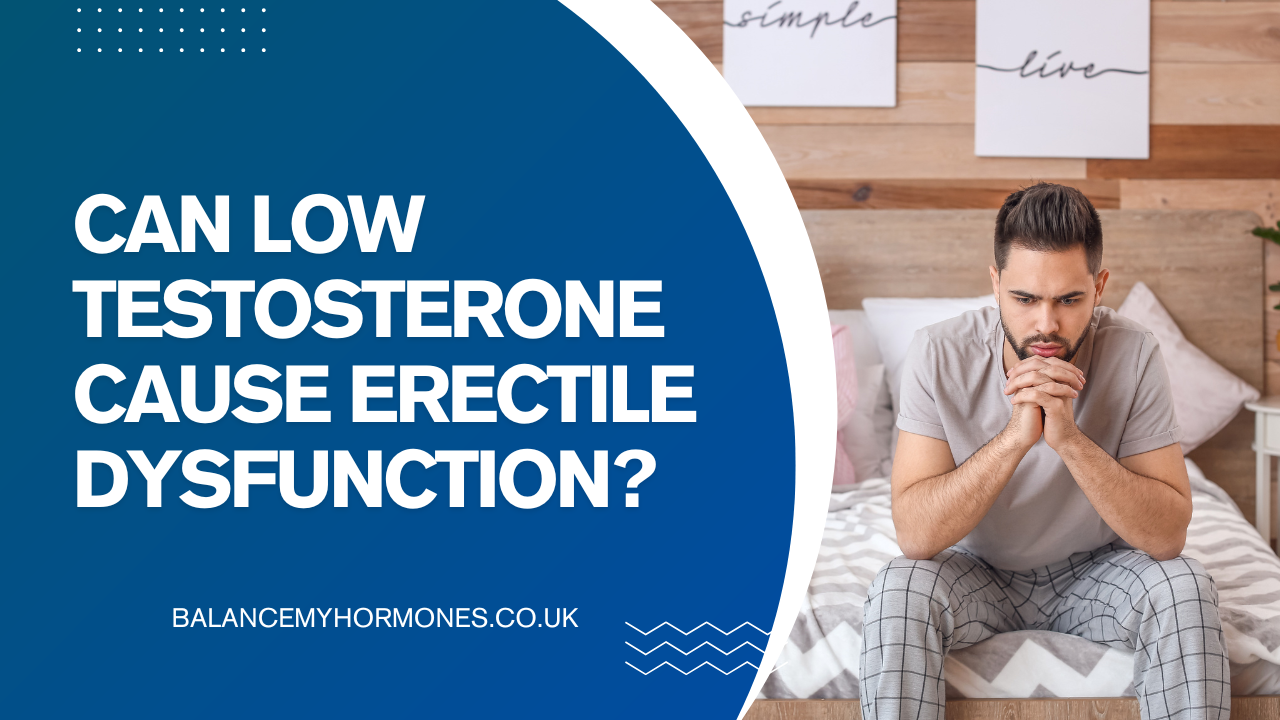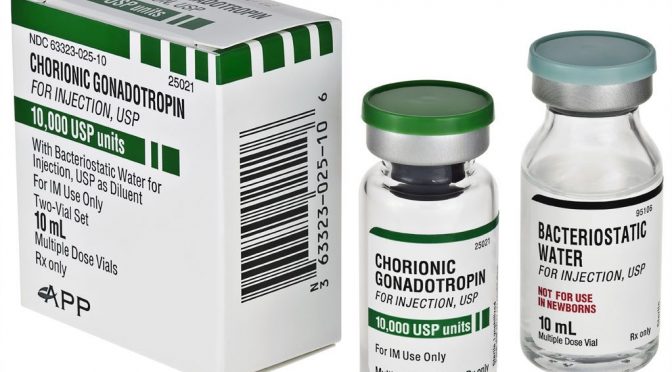
By Mike Kocsis | 7 minutes read | Last updated: September 14, 2025 Categories: Testosterone
Medically Reviewed by Dr. George Touliatos
Having fuller, thicker facial hair has become a growing trend among men seeking to enhance their facial aesthetics and masculinity.
While genetics has a large part to play in beard growth, your testosterone levels hold an important role in stimulating and maintaining your facial hair.
Testosterone Replacement Therapy (TRT), commonly used to address low testosterone levels in men, has sparked interest and speculation regarding its impact on hair growth. As a result, we’ve seen more and more men come to our clinic looking to thicken their beard hair using TRT.
In this article, we’ll explore the science behind how testosterone influences facial hair and the effectiveness of TRT on beard hair growth.
How is testosterone involved in beard growth?
Dihydrotestosterone (DHT) is a particularly important term when it comes to facial hair.
Essentially, DHT is a testosterone by-product that contributes to the development of male sex characteristics such as facial and body hair.
Testosterone prepares the hair follicles for growth, but it is DHT, activated by the enzymes in the oil glands of your hair follicles, that is responsible for linear hair growth.
Men with high DHT levels and/or greater sensitivity to DHT will grow beards at a younger age than others. Some men are less sensitive to DHT and, therefore, will not grow a full beard even with high DHT levels, but others may be suffering because their DHT levels are too low.
Contrary to this, DHT is also responsible for scalp hair thinning and male pattern hair loss. The hormone that helps men grow a full beard can also build up in the scalp hair follicles and speed up the thinning of the hair, which in turn leads to male pattern baldness. That is why large and impressive beards can often be found on completely bald men.
Does no beard mean low testosterone?
Not necessarily. Plenty of men with healthy testosterone levels never grow a full beard. The reason is usually genetics or other natural factors, not a hormone deficiency.
If they don’t have facial hair because of low testosterone, they will likely notice other low T symptoms as well, such as:
- Inability to maintain or build muscle mass
- Loss of bone density
- Erectile dysfunction
- Low sex drive
- Fatigue or low energy levels
- Low mood or mood swings
You can confirm your testosterone levels through testosterone blood tests. They will tell accurate concentrations of free and total testosterone in your serum.
How to increase testosterone for beard growth?
To learn how to increase your body’s natural testosterone production, you first need to determine the actual cause of your low T.
Low T is a common problem among overweight or obese men. So, if you are overweight, getting rid of those extra pounds may help you with hormone balance and, eventually, facial hair restoration.
There are many other causes of this issue including poor diet, sedentary lifestyle, poor sleep quality and high stress. Tackling the cause of your low T can help you improve hormone levels.
Mostly, doctors suggest healthy lifestyle changes like stress management, regular exercise and a balanced diet to support hormonal balance and stimulate hair growth in men.
But if these methods don’t work, they may suggest treatment plans like testosterone replacement therapy (TRT) if you are a suitable candidate.
Can I take testosterone to grow a beard?
If your poor beard growth is because of low T, taking testosterone therapy may help with healthy beard growth.
A 2021 randomised trial found that testosterone gel topical treatment significantly increased beard density and facial hair development in hypogonadal men.
However, some studies show that testosterone levels have no prominent impact on beard growth.
While more research needs to be done in this area, taking testosterone may help some low T men boost their beard growth.
Hormone replacement therapy or TRT can be delivered as an injection, tablet, patch, gel or implant and will help to bring your testosterone back to a healthy range. With this, you’ll see an improvement in all of your low T symptoms, including your facial hair growth.
TRT has some potential risks due to which it’s not for everyone. If you’re prescribed testosterone, make sure you always take it under medical supervision.
Other roles of testosterone you should know about
Testosterone during fetal development:
Testosterone, a primary male sex hormone, is responsible for the development of the reproductive organs, both internally (vas deferens, prostate and urethra) and externally (scrotum, penis and testicles). It also stimulates the development of the prostate gland and seminal vesicles.
Testosterone during puberty
It is during puberty that testosterone generally starts the growth of facial and body hair and other secondary sexual characteristics, but it can often be a slow beginning. A few tufts of hair may appear on the upper lip and chin long before they can be called a moustache and beard.
For some men, their full beard will finally come during their late teens or early twenties, but others may always struggle to achieve more than those few tufts.
Hair growth comes in three stages: anagen, catagen and telogen. It is the anagen stage during which the hair is actually growing and your testosterone levels need to be high. Catagen is when the growth slows again whilst telogen is when hair might die or fall out before it starts growing again.
Testosterone during adulthood
In adult men, testosterone contributes to various physiological functions. Some include the maintenance of muscle mass and distribution of fat, red blood cell production and even your libido and overall wellbeing.
See the table below for more on what testosterone influences in your body.
| Sexual | Physical |
| Infertility | Decreased body hair |
| Decreased libido | Gynecomastia |
| Erectile dysfunction | Decreased muscle mass and strength |
| Delayed ejaculation | Hot flushes/sweats |
| Decreased morning erections | Poor quality of sleep |
| fatigue | |
| Weak bones and joints | |
| Cardiometabolic | Psychological |
| Increased BMI/obesity | Changes in mood (anger, irritability, sadness, depression, anxiety) |
| Visceral (belly fat) | Decreased well-being or self-worth |
| Metabolic syndrome | Decreased cognitive function (memory, concentration and spatial performance) |
| Insulin resistance & type 2 diabetes Mellitus | |
| Increased risk of cardiovascular diseases |
To takeaway
Hormone therapy is a great treatment for enhancing beard growth in men with low testosterone.
By restoring normal testosterone levels, TRT contributes to improved facial hair growth as well as hair on the head. While individual responses to TRT can vary based on genetic factors and overall health, many of our clients report positive outcomes in beard growth.
As always, if you’re seeking any medical treatment, we advise you speak to a knowledgeable healthcare provider who can help you weigh the benefits and risks of TRT and develop a personalised treatment tailored to your goals.
If you’re interested in Testosterone Replacement Therapy, get in touch with us to discuss your symptoms and treatment options with our specialist doctors.
References
Pang, K.C., Nguyen, T.P. and Upreti, R., 2021. Case report: successful use of minoxidil to promote facial hair growth in an adolescent transgender male. Frontiers in Endocrinology, 12, p.725269.
Evidence Based Research
This article has been researched and written based on scientific evidence and fact sheets that have then been crossed checked by our team of doctors and subject matter experts.
References, sources and studies used alongside our own in-house research have been cited below, most of which contain external clickable links to reviewed scientific paper that contain date stamped evidence.
Our team of healthcare experts and GMC registered doctors are licensed to UK GMC standards. We strive to provide you with the latest evidence based, researched articles that are unbiased, honest and provide you with accurate insights, statistics and helpful information on the discussed topic to ensure you gain a better understanding of the subject. You can read more about our Editorial Process by clicking here.
We value your feedback on our articles, if you have a well-researched paper you would like to share with us please contact us.
Quick Low Testosterone Test
If you know your total testosterone reading from a previous blood test input the results to the left above to see if your testosterone levels are normal.
Low Testosterone Levels
You may have low testosterone depending on the symptoms you have, please contact us to find out how we can help.
Please Retry
The Total Testosterone Level You Entered Is Incorrect. Figure Must be in nmol/L you can use our converter here.
Normal Testosterone Levels
Your testosterone levels appear to be in the normal range.
LOOKING GOOD!
You must be over 38, have had your ovaries removed or have suffered with premature menopause to warrant further hormone tests.
Further investigation needed
Please contact us to discuss your hormones, we need your total testosterone levels to validate your hormone deficiency. You can order a blood test here.
Low Testosterone Levels
You may have low testosterone depending on the symptoms you have, please contact us to find out how we can help.
High Testosterone Levels
You appear to have higher than normal testosterone levels, please contact us for further investigation.
Normal Testosterone Levels
You appear to have normal testosterone levels. Contact us if you have any concerns.
 Mike Kocsis has an MBA with a focus on healthcare administration and is an entrepreneur and medical case manager for Balance My Hormones which offers medical services in the UK and Europe. Mike has over 20 years of experience in the healthcare sector, much of that working with people who have hormone imbalances. Mike has appeared on
Mike Kocsis has an MBA with a focus on healthcare administration and is an entrepreneur and medical case manager for Balance My Hormones which offers medical services in the UK and Europe. Mike has over 20 years of experience in the healthcare sector, much of that working with people who have hormone imbalances. Mike has appeared on 

